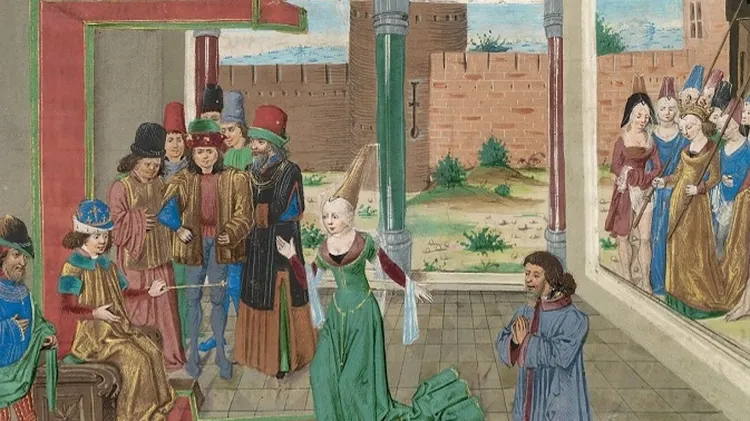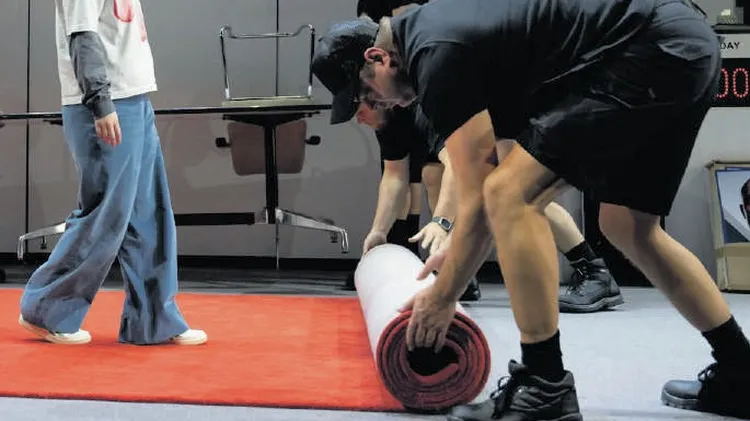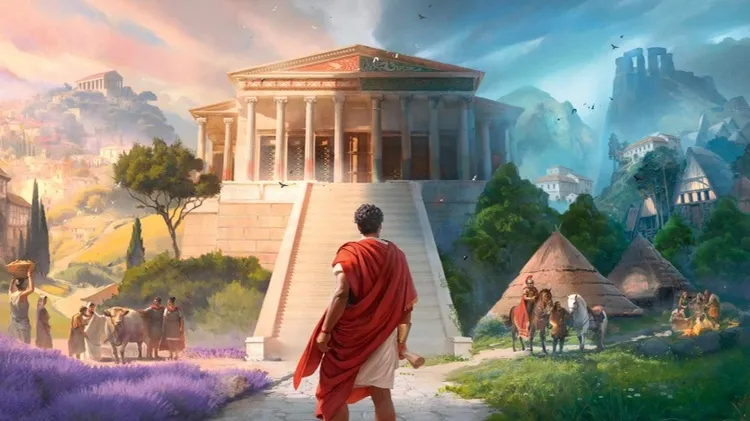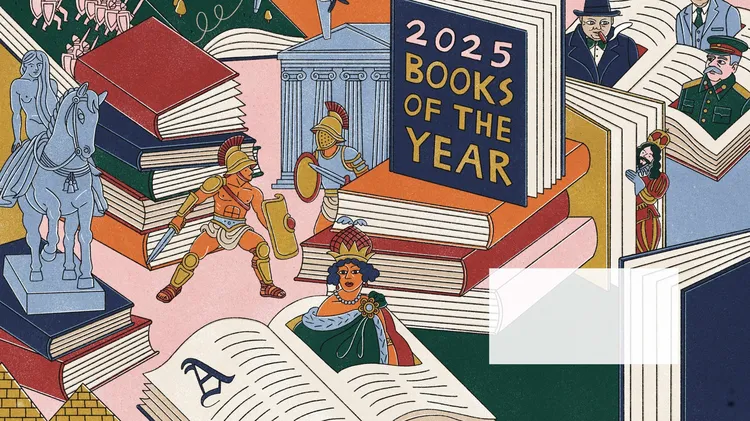Rome’s slaves were brutalised, mocked, exploited – or simply ignored.
The invisible romans
9 min read
This article is from...
Read this article and 8000+ more magazines and newspapers on Readly






